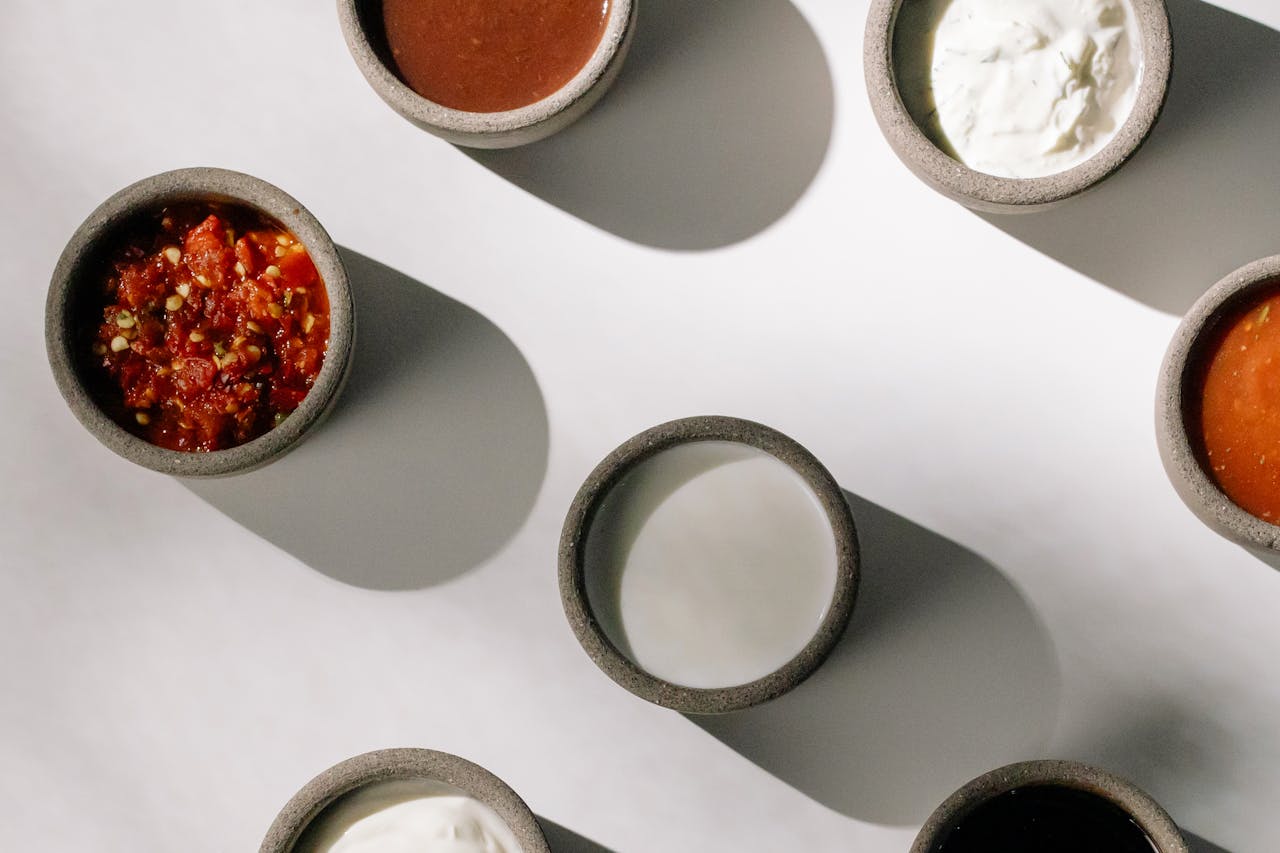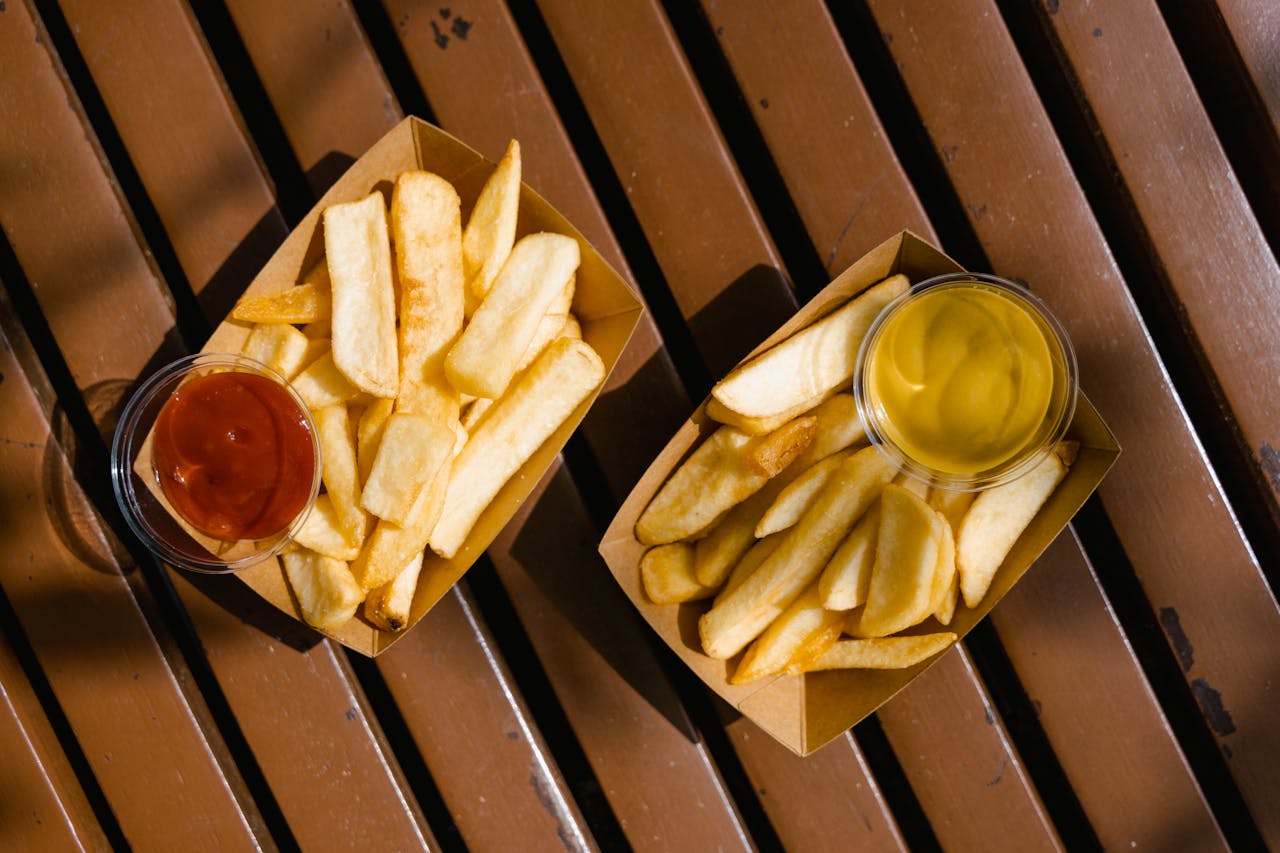Imagine opening your lunchbox, ready to dip your fries or chicken nuggets, only to find your favorite dipping sauce is nowhere in sight. For many students, this was a reality when a school cafeteria’s dipping sauce was banned from lunchrooms nationwide. This topic matters because what’s served—or not served—in school cafeterias affects millions of kids’ daily eating habits and shapes their relationship with food. Parents, students, and even teachers have strong opinions about what belongs on the lunch tray. Understanding why a popular dipping sauce was once forbidden can help you make more informed choices about your family’s meals and spark important conversations about nutrition, moderation, and school policies. Let’s dive into the surprising story behind this school cafeteria dipping sauce ban and what it means for you today.

1. The Surprising Sauce: Ketchup’s Controversial Past
When you think of a classic school cafeteria dipping sauce, ketchup probably tops the list. It’s a staple for fries, burgers, and chicken nuggets. But did you know that ketchup was once banned in some school cafeterias? In the early 2010s, several schools in France and even some in the United States restricted or outright banned ketchup from their lunchrooms. The main reason? Concerns about nutrition and the overwhelming presence of processed foods in children’s diets. School officials worried that students were drowning their meals in ketchup, masking the flavors of healthier options like vegetables and encouraging picky eating habits. According to The Guardian, France’s ban was part of a broader effort to preserve traditional cuisine and promote healthier eating.
2. Why Was Ketchup Targeted?
You might wonder why ketchup, of all things, became the target of school cafeteria dipping sauce bans. The answer lies in its sugar and salt content. A single tablespoon of ketchup can contain up to 4 grams of sugar and 160 milligrams of sodium. Multiply that by the generous squirts kids often use, and you’ve got a recipe for excessive sugar and salt intake. Nutritionists and school administrators worried that ketchup was contributing to rising rates of childhood obesity and poor eating habits. The Centers for Disease Control and Prevention (CDC) highlights the importance of limiting added sugars and sodium in school meals, making ketchup a natural target for reform.
3. The Impact on School Lunches
The school cafeteria dipping sauce ban didn’t just affect ketchup lovers—it changed the entire lunch experience. Without ketchup, students were encouraged to try new flavors and eat their vegetables without masking them. Some schools introduced alternative sauces, like homemade tomato salsa or yogurt-based dips, to offer healthier options. Others focused on seasoning vegetables and main dishes more creatively, so students wouldn’t miss the ketchup as much. While some kids grumbled, others discovered they enjoyed the taste of their food without the familiar red sauce. This shift encouraged a more adventurous approach to eating and helped schools align with updated nutrition standards.
4. How Parents and Students Reacted
Unsurprisingly, the school cafeteria dipping sauce ban sparked strong reactions. Many parents felt the ban was an overreach, arguing that ketchup in moderation isn’t harmful and that kids should have some say in their food choices. Some students even tried sneaking ketchup packets from home! On the other hand, some parents appreciated the school’s efforts to promote healthier eating and reduce sugar intake. The debate highlighted the ongoing tension between personal choice and public health in school food policies. Open communication between schools and families became essential to finding a balance that worked for everyone.

5. What Schools Learned from the Ban
The ketchup ban taught schools valuable lessons about food policy and student preferences. Administrators realized that simply removing a popular school cafeteria dipping sauce wasn’t enough—students needed appealing alternatives and education about healthy eating. Many schools began offering nutrition workshops, taste tests, and cooking classes to help students develop a broader palate. These efforts paid off, with some students becoming more open to trying new foods and making healthier choices. The experience also showed that involving students in menu planning can lead to better outcomes and greater satisfaction with school meals.
6. The Return of Ketchup (With a Twist)
Eventually, many schools relaxed their bans on ketchup, but with new guidelines in place. Some limited the amount of ketchup students could take, while others switched to lower-sugar or reduced-sodium versions. The focus shifted from outright bans to moderation and education. Today, ketchup is back on many school lunch trays, but it’s often served alongside a variety of healthier dipping sauces. This balanced approach helps students enjoy their favorite flavors while learning about portion control and nutrition. For parents, it’s a reminder that even small changes in school cafeteria dipping sauce policies can make a big difference in kids’ eating habits.
Rethinking What’s on the Tray
The story of the school cafeteria dipping sauce ban is more than just a quirky food policy—it’s a lesson in how small choices can shape lifelong habits. By understanding the reasons behind these bans and the impact on students, parents can better advocate for balanced, nutritious meals at school and at home. Whether you’re a ketchup fan or prefer something else, the key takeaway is that moderation, variety, and open dialogue are essential for healthy eating. Next time you pack a lunch or review a school menu, remember the humble school cafeteria dipping sauce journey and how it continues to influence what’s on your child’s tray.
What’s your take? Did your school ever ban a favorite dipping sauce? Share your stories and opinions in the comments below!
Read More
Why Some Millennials Are Ditching Big Chains for Local Butchers and Farmers Markets
The Truth About Expiration Dates: What You Can Actually Keep Longer
The post This Popular Dipping Sauce Was Once Banned in School Cafeterias appeared first on Grocery Coupon Guide.







